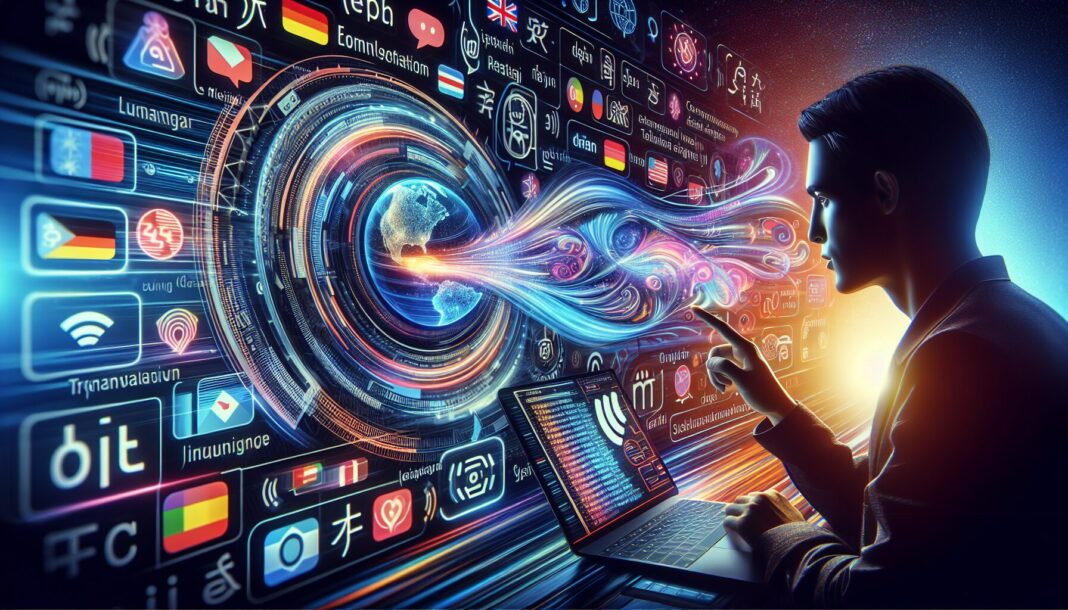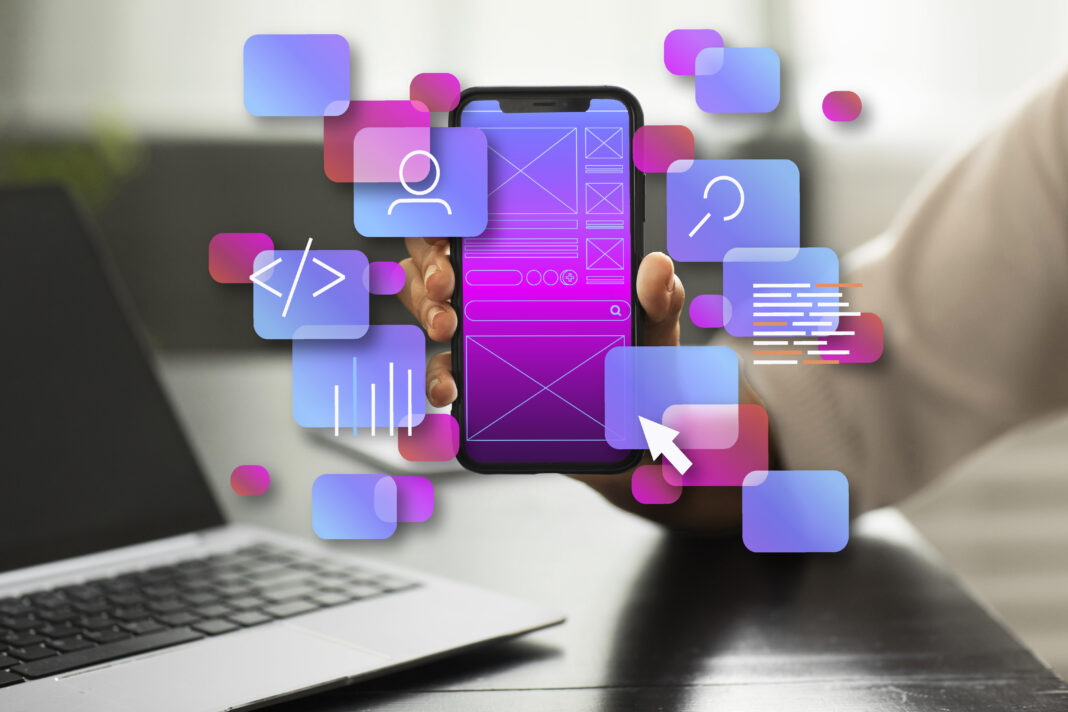In a world that thrives on connections, language should never be a barrier. Synchronous translation is an indispensable tool that allows real-time interpretation of spoken language, enabling seamless communication between people who speak different languages. This technology has transformed the way we collaborate, conduct business, and engage with one another on a global scale. Let’s delve into how synchronous translation elevates global communication and why it is more relevant today than ever.
The Basics of Synchronous Translation
Synchronous translation, also known as simultaneous translation, is the process of interpreting spoken language in real time. Unlike consecutive translation, where the interpreter speaks after the original speaker pauses, synchronous translation happens almost instantaneously. This method requires a highly skilled translator who can listen, process, and translate all at once, ensuring that the conversation flows naturally without delays.
Technological advancements have played a crucial role in refining synchronous translation, making it faster, more reliable, and accessible. With the integration of AI and advanced audio systems, synchronous translation has become an essential component in international meetings, global conferences, diplomatic discussions, and large-scale webinars.
Enhancing Business Across Borders
Breaking Language Barriers in Real Time
One of the most significant advantages of synchronous translation is its ability to bridge language gaps during business interactions. In an increasingly interconnected global economy, companies need to collaborate with partners, clients, and teams across different countries. Synchronous translation ensures that language differences do not impede effective communication.
Consider an international company hosting a virtual conference involving participants from multiple countries. Synchronous translation allows each participant to hear the speaker’s message in their native language as if they were part of the same conversation. This real-time interpretation facilitates smooth dialogue, fosters trust, and helps maintain a professional atmosphere without the disruptions of traditional translation methods.
Elevating Negotiations and Presentations
For business negotiations, presentations, or sales pitches, clarity and immediacy are vital. Synchronous translation provides instant comprehension, allowing all parties to engage with full understanding. This leads to more productive discussions, quicker decision-making, and an enhanced ability to address questions or concerns on the spot.
Imagine presenting a new product to international investors. The seamless flow of information, facilitated by synchronous translation, ensures that language barriers do not obscure key details, resulting in more confident and informed stakeholders.
Boosting Cultural Exchange and Collaboration
Enriching Cross-Cultural Understanding
Beyond business, synchronous translation has been instrumental in promoting cross-cultural understanding. From global forums and cultural events to educational webinars, real-time translation brings together people of different backgrounds to share ideas, traditions, and knowledge without linguistic constraints.
Attending international seminars or watching live-streamed panel discussions in one’s native language helps participants appreciate diverse perspectives and feel more included. This boosts engagement, encourages active participation, and fosters a more inclusive environment where all voices are heard.
Facilitating Global Teamwork
The rise of remote work and global teams has made effective communication more important than ever. Synchronous translation enables teams from different linguistic backgrounds to collaborate seamlessly, ensuring that everyone contributes to projects and discussions without misinterpretation. This real-time understanding enhances productivity, builds stronger working relationships, and supports a more cohesive work environment.
Companies that embrace synchronous translation as part of their communication strategy see improved employee morale and a greater sense of unity within their multicultural teams. When employees feel that their voices are valued and understood, it leads to a positive and innovative work culture.
Advancements in Synchronous Translation Technology
The Role of AI and Machine Learning
AI-powered synchronous translation has revolutionized the way we approach real-time interpretation. Machine learning algorithms are capable of processing vast amounts of linguistic data, continuously improving the accuracy and fluency of translations. This advancement not only makes synchronous translation faster but also ensures that it remains contextually relevant.
AI-based translation tools leverage neural networks that understand language nuances, idioms, and regional dialects. This results in more natural translations, making conversations sound fluid and less robotic. These tools are particularly beneficial during large-scale conferences, where multiple translators work in tandem to cover different languages.
Wearable Devices and Mobile Apps
The latest trends in synchronous translation include the development of wearable devices and mobile apps that make real-time interpretation more accessible. Portable devices such as smart earbuds equipped with built-in translation technology allow users to participate in multilingual conversations effortlessly. Apps like these are breaking down barriers in travel, tourism, and casual conversations, empowering individuals to communicate in different languages with ease.
Challenges and Solutions in Synchronous Translation
The Human Touch vs. AI
While AI has enhanced synchronous translation, the human touch is still essential for achieving high levels of accuracy and understanding. Human translators bring empathy, cultural context, and adaptability to the interpretation process—qualities that machines cannot fully replicate. This is especially true in complex or nuanced discussions, where the meaning behind words is just as important as the words themselves.
A balanced approach often proves to be the most effective. Many organizations use a combination of human translators supported by AI tools to deliver accurate and culturally appropriate translations in real time.
Addressing Latency and Technical Issues
Synchronous translation relies on strong technical infrastructure, and occasional issues such as latency or connectivity disruptions can impact its effectiveness. Solutions such as investing in high-quality audio equipment, employing redundant systems, and having backup translators on standby can help mitigate these risks.
To further enhance reliability, developers are continuously refining audio processing capabilities and reducing latency in AI translation models. This helps ensure that synchronous translation remains seamless, even in less-than-ideal conditions.
The Future of Synchronous Translation
Expanding Access Through Innovation
As technology continues to evolve, the future of it looks promising. Innovations such as augmented reality (AR) and virtual reality (VR) are expected to integrate with translation services, creating immersive experiences that transcend language barriers. Imagine attending a virtual meeting where participants see real-time subtitles in their language projected within their field of vision. Such advancements could transform how global communication is experienced.
Inclusivity and Global Reach
The continued development of technology means more people can engage with global content without needing to learn additional languages. This inclusivity will be key in areas such as education, where access to multilingual resources can provide students around the world with the same learning opportunities.
As global communication becomes increasingly interconnected, it will play a pivotal role in bridging linguistic divides. By providing real-time, accurate interpretations, this technology ensures that people can focus on what truly matters—connecting, collaborating, and building a more unified world.
Conclusion
Synchronous translation is more than just a tool; it is a bridge that connects people, cultures, and ideas across the world. By enabling real-time communication, it facilitates better business interactions, promotes cultural understanding, and empowers global teamwork. With continued advancements in technology and a balanced blend of AI and human expertise, it will only become more integral in shaping the future of international communication. Whether in business, education, or everyday conversations, the power of understanding without linguistic barriers is invaluable in creating a connected, harmonious world.
click here to visit website




